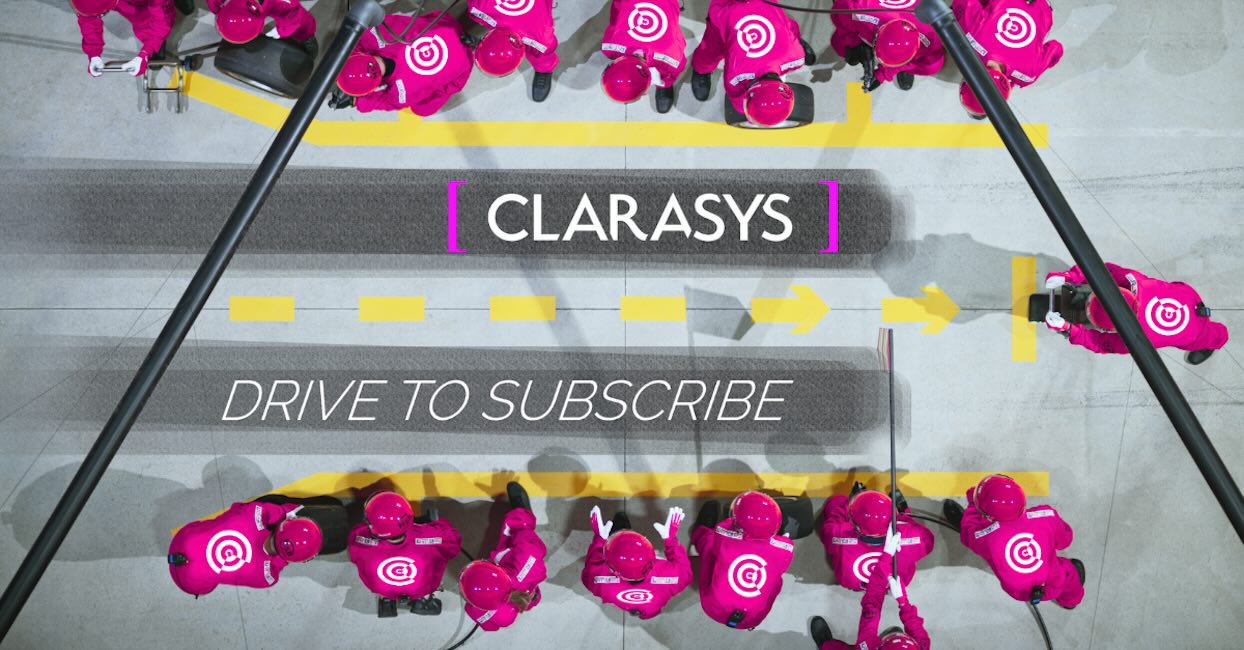Unlock subscription success with our Drive to Subscribe series, exploring parallels with Formula 1 to provide readers with insight into the world of subscriptions.
Drive to Subscribe: Revving up subscription success

Drive to Subscribe: Revving up subscription success
Unlock subscription success with our Drive to Subscribe series, exploring parallels with Formula 1 to provide readers with insight into the world of subscriptions.

Meet the author
Achieving subscription success was the theme in the Business-to-Consumer (B2C) market during and immediately following the pandemic. Traditional transactional approaches to product sales saw significantly less resilience than subscription models which were better at protecting cash flow. In the Business-to-Business (B2B) market the concept of ongoing contracts, facilitated via renewals, shows subscriptions have been established for some time. The recent boom in B2C has introduced more focus and innovation in the subscription space and seen the emergence of new back-office technologies, approaches, and operating models to help manage subscriptions more effectively.
The world has stabilised somewhat and a lot of the initial rush to invest in subscriptions as the silver bullet has subsided. This series looks to help you understand how to introduce or improve subscription success.
It becomes nuanced quite quickly when in the detail, so we’ve provided the headlines through something we hope is more relatable: F1. If we have 0.001% of the success bringing subscriptions to the masses that Netflix had, we’ll be quite content!
Subscription success and F1
The approach to a successful subscription has many component parts to it, just like an F1 team’s approach to each season.
Pre-season – subscription development
The Formula 1 goal: Have a car that is more competitive than the others
Competitiveness is the catalyst to subscription success. Like an F1 team developing a car, drivers, and the team, a subscription is based on the competitiveness of the product(s) or service(s) a business offers and how it is offered. The ultimate goal in both cases is to beat the competition.
Pre-season: Develop a better car than the rest
The products or services that underpin the subscription goes through a lot of work before they hit the market. This often requires input from partners (consultancies and vendors) and the customers themselves, much like car development takes input from engineers, suppliers, marketing, and the drivers.
Race weekend – subscription usage
Practice and qualifying: understand how suited the car is to the conditions
Similar to how teams and drivers work together through practice and qualifying to test the car and set them up for success, customers can get insight into the benefit they get from purchasing the products or services through experiencing them in demos or free trials.
Set-up: fine-tuning to maximise chances of success
Between qualifying and the race, the team makes final adjustments to the car, tailoring it based on the driver’s feedback and performance data from practice and qualifying to maximise the chance of success. The same is true when finalising a product purchase, tweaking the subscription to meet the customer’s needs, and maximising satisfaction.
Race day: win the race
On race day, it’s largely down to the driver and the intention of the team is to support them in completing the race, responding to questions and proactively prompting where appropriate. This is similar to a user and their subscription, the interaction is largely at the hands of the customer though they may reach out for support with their product or receive helpful prompts on how to get more out of the product. This is a key area of evolution discussed in more detail as part of article 3 of this series; Optimising operating models to support subscriptions
Race performance and monitoring:
Critically, the team are constantly checking performance, making suggestions on tweaks to settings, reacting to external factors, or talking tactics for when something like a tyre change might be needed. This is like organisations working with their customers throughout the lifecycle to see when and what renewals work for them and whether there should be a change to their subscription tier or bundle.
Post-race: reflect, learn, and react
Both the team and the driver will reflect and learn from the car’s performance in the race and it will influence their next interaction. The driver will gain or lose confidence in themself and the car, and along with the team will have ideas of how they may improve the set up before the next race. These improvements will be tested and potentially taken into the next race weekend.
Post-season – the typical ‘renewal period’ (in B2B)
In an ideal world, this partnership will continue to flourish lap after lap and race after race, delivering success and continuing indefinitely. However, eventually they might choose to go their separate ways and the relationship comes to an end with the driver racing for another team, retiring, or moving away from F1. While this can happen at any point in F1, it is generally at the end of the year and the same is true in B2B organisations with more traditional subscription terms often being in 6/12 month increments and funding being associated with annual budgets and planning cycles. In the B2C subscriptions market, terms are often shorter and cancellation can happen at any point, though there are often terms around when the customer can end their subscription without incurring some form of fee.
In this series, we will expand further on the points we have made in this article and lean into the more business facing practicalities, opportunities, and challenges of the subscription economy, models, and products.
In the next blog, we’ll get into the detail: Subscription Development (Building the car / product)
If you need help revving up subscription success for your business, please get in touch.
To subscribe to this series, please complete this form:

